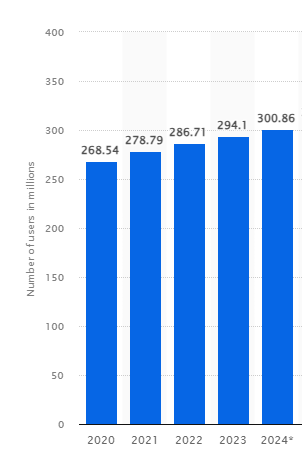Futurama, as it is presented in that video, is evergreen. There will always be people thinking about what the future of our technological advancements hold, with ideas far off base and ideas that eventually come to be in one way or another. The thing that is unique about Futurama is its idealism. Nowadays there are certainly those who provide a utopia-like view of the future any time a new technology is revealed, but unlike in the sixties, the common point of view nowadays is with a heavy dose of cynicism. As a society we have seen the timeline of utopia come and go, and seen first hand that all of this progress, if it happens at all, comes at a steep cost more often than not. This is where “Are You Lost in a World Like Me” comes into play, showing the opposite side of the coin. This short provides a cold and cruel view of the present through the lens of the past. Part of the thesis of this video seems to be “If this present is the wonderful future we were promised, why does it suck so bad?”. I believe that is why the artstyle takes on the vintage look that it does. The simple existence of both of these films proves that the truth lies somewhere in the middle. Both represent an extreme that is far from the whole truth.
The most prevalent technology in my life and in the average American's life is social media. Approximately 300.86 million people (90% of the population) have some form of social media. Everyone in my family has some form of it, even my technologically challenged grandparents. I was never the most active in it growing up and it was only in the past two years that I became an active participant and poster. I became more involved in social media because I was the social media manager for my improv troupe, Charcoal Pony Improv, and because I needed some way to actively share my life with my family who was not able to be as big a part of my life. Most people utilize social media in this way. Social media allows people to passively engage with people all over the world and can foster connections in ways unseen before. It gives them a chance to market their ideas or themselves. Marketing oneself or business is another reason to use social media. Not only do I market my improv troupe, I use what I have learnt to provide an easily accessible digital footprint for prospective employers to find. I am confident in my ability to make a name for myself simply through using my own social media accounts which is a first on the global scale.
 |
| Social Media Users in the USA |
Having looked myself up using both my real name and my most common username, the online picture it paints is one I’m proud to have associated with me. What pops up is a display of my artistic endeavors and the causes I believe in and stand by. However I know that if I make one mistake that will irreversibly damage my image in ways that many people have struggled through. I am lucky I have had the knowledge imparted onto me to keep most of my accounts private and therefore give me control over how my footprint is shaped. However even this tight curation can’t stop someone from using an AI training model to conjure up an image of something I never did and ruining it anyways.
The biggest innovation (and threat) on the horizon is the rise in generative artificial intelligence, and it is making social media nearly unusable. I participate in many artist communities online and have seen direct copies and ripoffs where generative AI art utilizes training data based on my friends' art styles to create art that looks as though it was created by a specific artist even if it depicts something that goes against their values. Programs like Elon Musk’s “Grok” take this stealing a step further as every single post is fair use for the training of this AI. Utilizing this AI and others, digital copies of these accounts can be made and interacted with as though they are clones of the main account. Dead internet theory may not be 100% true, but it is still a massive issue online as bots are getting harder and harder to block and harder and harder to stop.
Overall the usage of social media has benefitted users in numerous ways, but the companies behind them create addictive environments that can allow hate to foster and grow while putting profits ahead of people. There is good to be found in what the future can bring, and there is bad. All we can do as individuals is make our voices heard and fight to live our lives the way we want to.






















